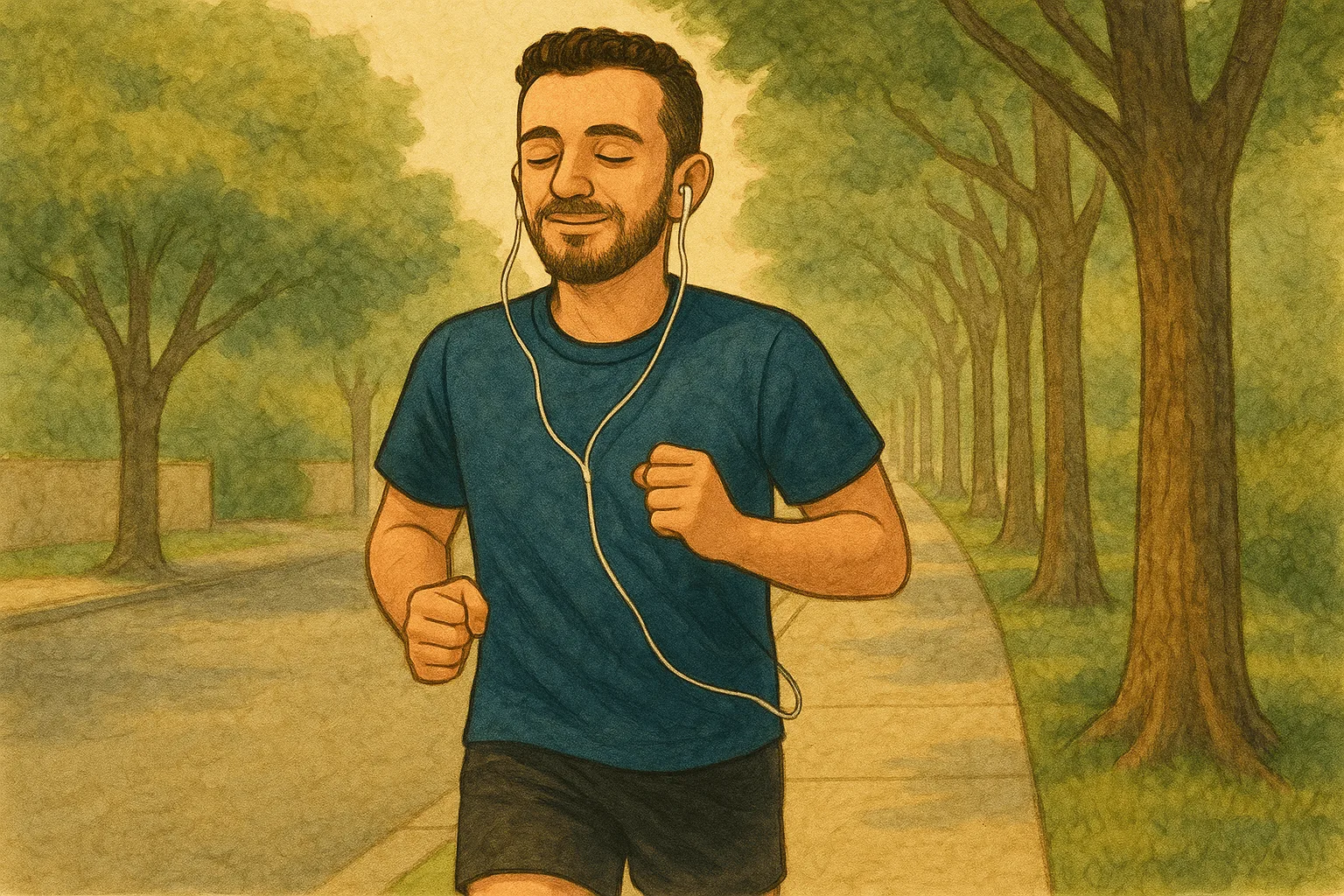After explaining routines and talking about my own, it’s clear that I need to turn my attention to rituals. Rituals, like routines, transform a world perceived as unpredictable into something stable and manageable. To recap, the key difference between these two concepts is that a routine is a sequence of regular, organized actions or gestures, while a ritual carries symbolic, emotional, or identity-related meaning.
A routine is pragmatic; a ritual is meaningful. In other words: every ritual is a routine, but not every routine is a ritual. For autistic people, rituals often serve as emotional and sensory regulation. This phenomenon is precisely described in specialized literature, notably in a study based on multiple personal accounts published on Wiley Online Library (2008), which explores how these behaviors provide safety and structure to sensory experience. They create a bubble of stability in a world perceived as chaotic.
📋 TL;DR : In short words
- Definition: rituals are meaningful actions — symbolic or identity-based — unlike routines, which are simply functional.
- Essential role: they soothe autistic people and organize emotional and sensory experiences by creating lasting stability.
- Key differences from routines:
- Routine = regular, practical actions
- Ritual = meaningful gestures, sensory, emotionally involved
- Personal value: they form a protective bubble, offering control and safety in an environment often perceived as chaotic.
The difference from OCD
Some rituals may resemble OCD — obsessive-compulsive disorder — but their purpose and meaning are radically different. A ritual grounds, structures, and soothes. It is intentional and may cause discomfort if not performed, but it usually does not trigger anxiety.
OCD, on the other hand, is driven by an intrusive, distressing obsession and a compulsion meant to reduce that anxiety or fear, as noted by Ameli Santé. It is restrictive and overwhelming, and does not serve a structuring or soothing function. It’s also important to note that some autistic people also have OCD — the two are not mutually exclusive.
- Routine: practical, useful, organizational (e.g., brushing your teeth)
- Ritual: meaningful, symbolic, calming (e.g., arranging pens in a precise order)
- OCD: constraint, obsession, anxiety (e.g., washing your hands 20 times due to fear of contamination)
To help clarify this distinction, here are some of the rituals that structure my daily life. They aren’t fixed — they change depending on my state, especially during bipolar episodes.
The rituals that I bring with me
I have many rituals. Most of them were initially almost unconscious. They developed on their own, and I didn’t realize they were unusual—I assumed everyone had them. After my diagnosis, I began listing them one by one. Since many people struggle to distinguish them from routines, here are a few examples to bring clarity for my readers.
Everyday gestures
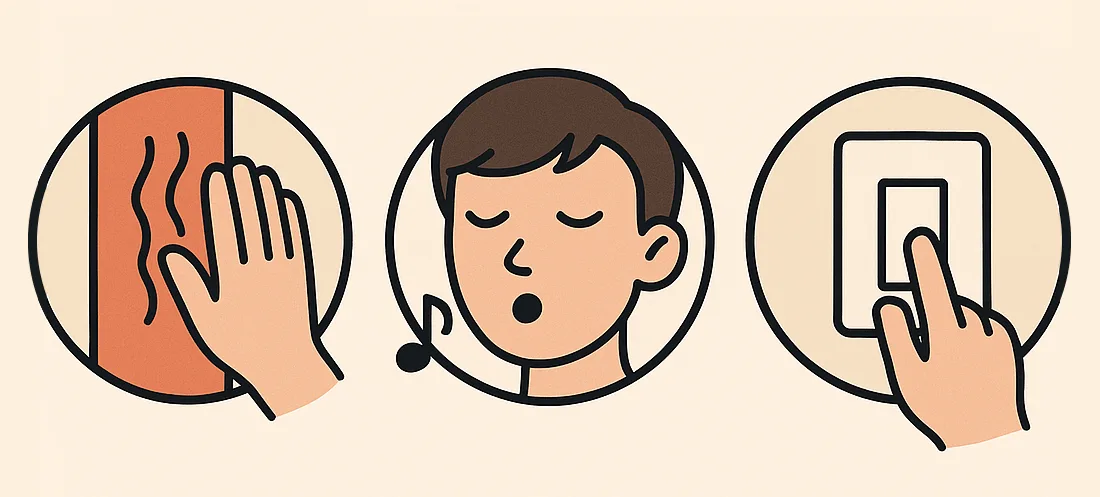
- I follow precise rules when walking down the street, avoiding large lines and cracks. This one feels like a game — one I “lose” (in my head) if I fail — and it calms me when I’m on my way somewhere.
- I touch every bollard along the sidewalks.
- I hum while listening to music, but I also play with stopping and restarting at the exact right moment, adding variations, altering the melody, or humming it ahead of time to try predicting it.
- For a long time, I would switch every light on and off in any apartment I entered for the first time. There was a sensory aspect to it because I enjoyed the sound of the click.
- During a ski trip, I unconsciously began closing every door I passed — even if someone was still inside the room.
Hobbies and passions
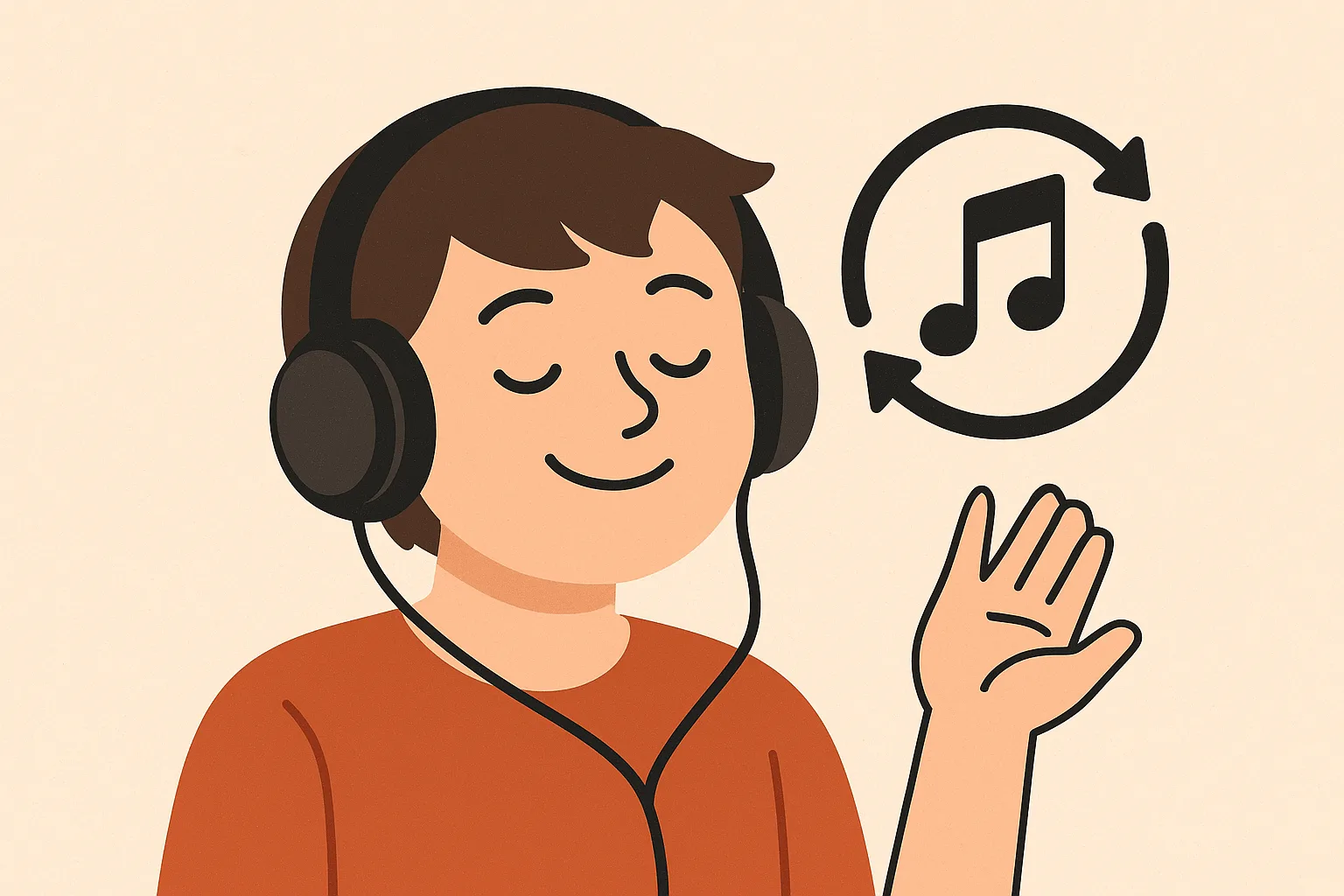
- At least once a year, I do a marathon: Star Wars (without the post-Disney era films), the original Spider-Man trilogy, Back to the Future, The Lord of the Rings, and John Wick.
- I only go to the cinema if the film is in its original language, and I don’t hesitate to leave if it isn’t. I also stay until the very end of the credits (for the music and out of respect for the film crew). I also refuse to go with someone who eats popcorn — the noise is overwhelming for me.
- I turn my music up very loud in my headphones (sensory regulation) whenever I go somewhere, and…
- I’ve been listening to the same songs on repeat for over ten years (once, I listened to the same track more than 1,000 times in less than a month). This one drives my allistic friends crazy.
Santé, plaisir et suivi
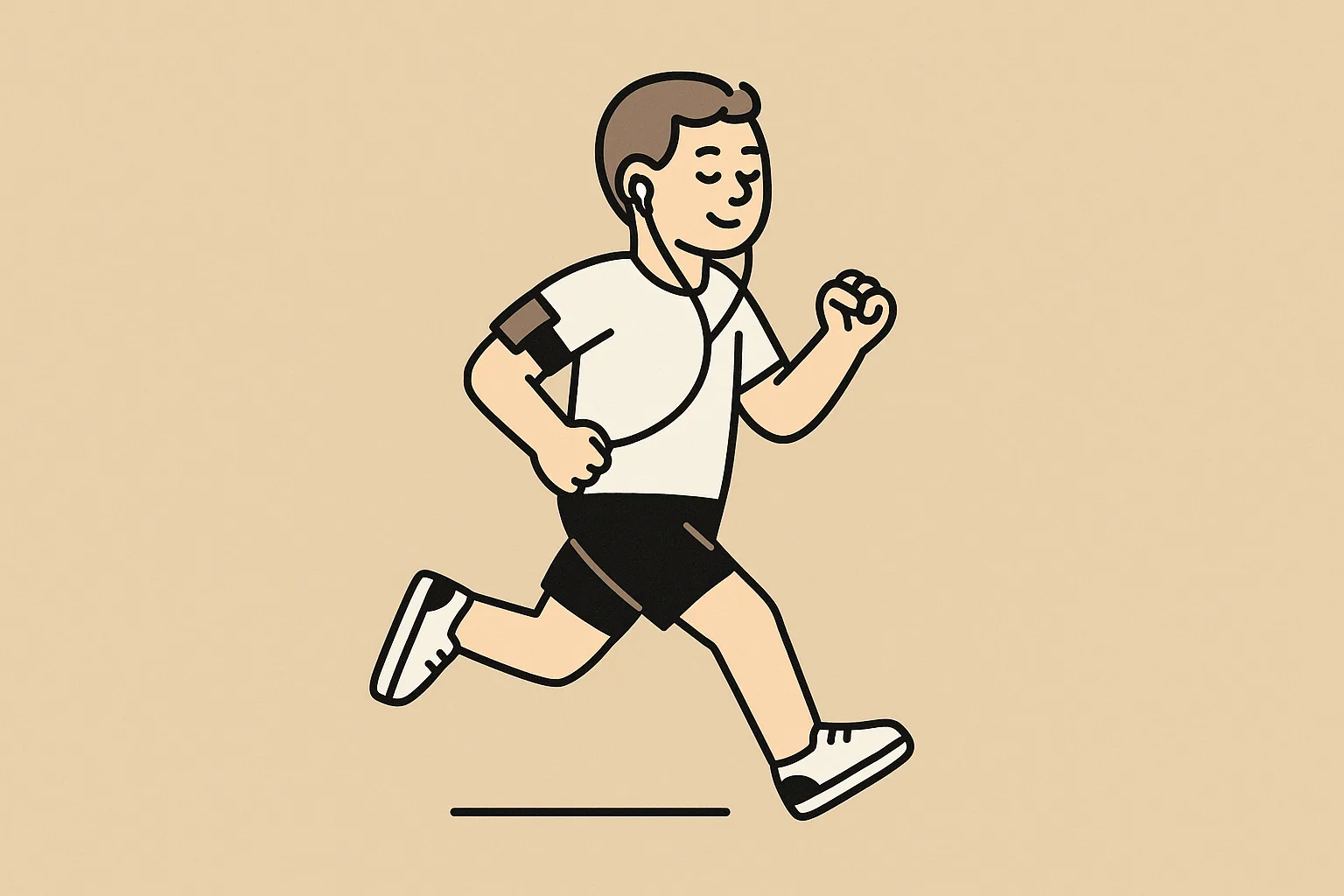
- I run in the mornings on Monday, Wednesday, and Friday after my first coffee. It’s a moment of recentring and sensory regulation, with my music in my AirPods. I feel isolated from the world — in my bubble.
- In the morning, at 9 a.m. (not earlier), I take my medication and record my sleep duration in my mood-tracking app.
- In the evening, at 9 p.m., I take my medication and log a whole set of data in that same app: depressive level, euphoric level, anxiety and irritability, alcohol intake, autistic meltdowns, etc.
With rituals, I can skip them if necessary, mainly to avoid appearing odd (avoiding cracks and lines on the ground definitely looks unusual). But normally, they help me calm down — almost like a game — and they serve the same purpose of predictability as routines.
Coffee — impossible to live without it
In my article about routines, I mentioned coffee as part of my morning routine. To give a bit of context for what follows: I’ve gone into underground quarries dozens of times (similar to the Paris catacombs). These places were originally used to extract rock — often limestone. Most of the ones I explored have been abandoned and closed for years. I’ve spent entire weekends there, sometimes even longer. They are sensory refuges.
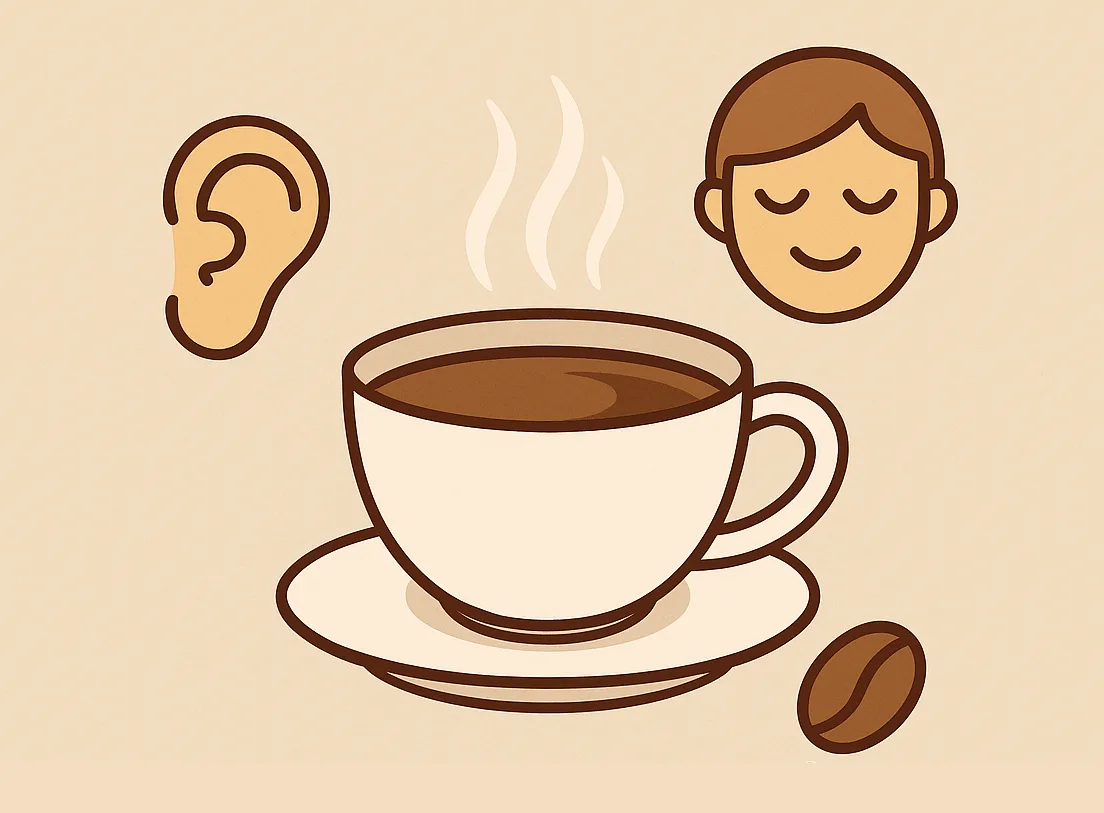
Even when I went into those quarries, I was always equipped with instant coffee — no matter how questionable it tasted. When I couldn’t follow my normal morning routine down there, coffee took on a new role: not a routine anymore, but a ritual.
A precise order for various actions
I also mentioned Sunday laundry in the article about routines. The routine includes tidying — which then becomes a ritual, in the sense that it follows a specific internal rule. I organize my underwear in a particular way, and the next day I fold my T-shirts using a specific method as well. A close friend once watched me do it and was surprised by how perfectly folded my T-shirts were.
Finally, in my morning routine, going to the bathroom also involves several rituals. I prepare my things in a precise order. Then I lay the bath mats on the floor, step into the shower and wash myself in exactly the same way every time. And afterward, I always dry off in the same way and get dressed.
Do you also have an unusual way of walking down the street or arranging your belongings?
During an autistic burnout, my rituals take on a particular role. I’ll come back to that in a dedicated article, as the topic deserves its own space. What I want to focus on here is mostly how my disorder interacts with my rituals.
And what about bipolar disorder in all of this?
During depression
I’ve been depressed many times in my life, sometimes for very long periods. When I’m depressed, some routines require too much effort and I simply stop doing them (showering, for example), but my rituals remain. In a state where I feel deeply sad all day long, they give me a sense of comfort I can’t go without. However, anhedonia — the loss of pleasure, a key symptom of depression — gradually makes me lose interest in cinema. So during depressive periods, I don’t launch into a Star Wars marathon. This contrast helped me recognize that my first autistic burnout was different from depression: I didn’t lose pleasure in watching films — quite the opposite, I immersed myself in them intensely.
During a hypomanic episode
Similarly to burnout, during a hypomanic episode, my adherence to rituals intensifies and I even start creating new ones. During an episode that eventually escalated into mania last April, I began tracking every milliliter of liquid I drank throughout the day. I also wrote dozens of journal entries. It was frantic: every detail had to be recorded to make my day meaningful. At the time, people thought I was experiencing autistic burnout, because my autistic traits were also amplified. Only after the manic shift and stabilization did we realize I had actually entered hypomania (more about hypomania with Cleveland Clinic).
This makes identifying euphoric episodes very complicated, because the first signs aren’t always the ones listed in the DSM-5 (the diagnostic manual for mental disorders), aside from reduced sleep and increased productivity. The rest of the symptoms appear later — and often too late, as the manic shift almost always follows.
The manic episode
Just like with routines, all my rituals disappear when I enter a manic episode. Today, I see this as the first sign that something is wrong. I go from a life structured by rituals to complete chaos.
And because I lack insight, I absolutely reject any suggestion that I may have shifted. The more intense the episode becomes — paradoxically, compared to what is normally expected in mania — the more aware I become of how abnormal my behavior is. But if it escalates further, I may lose all insight and thus the ability to recognize that I’m euphoric. At that point, I no longer realize I’ve lost my routines and rituals — or I blame it entirely on something external.
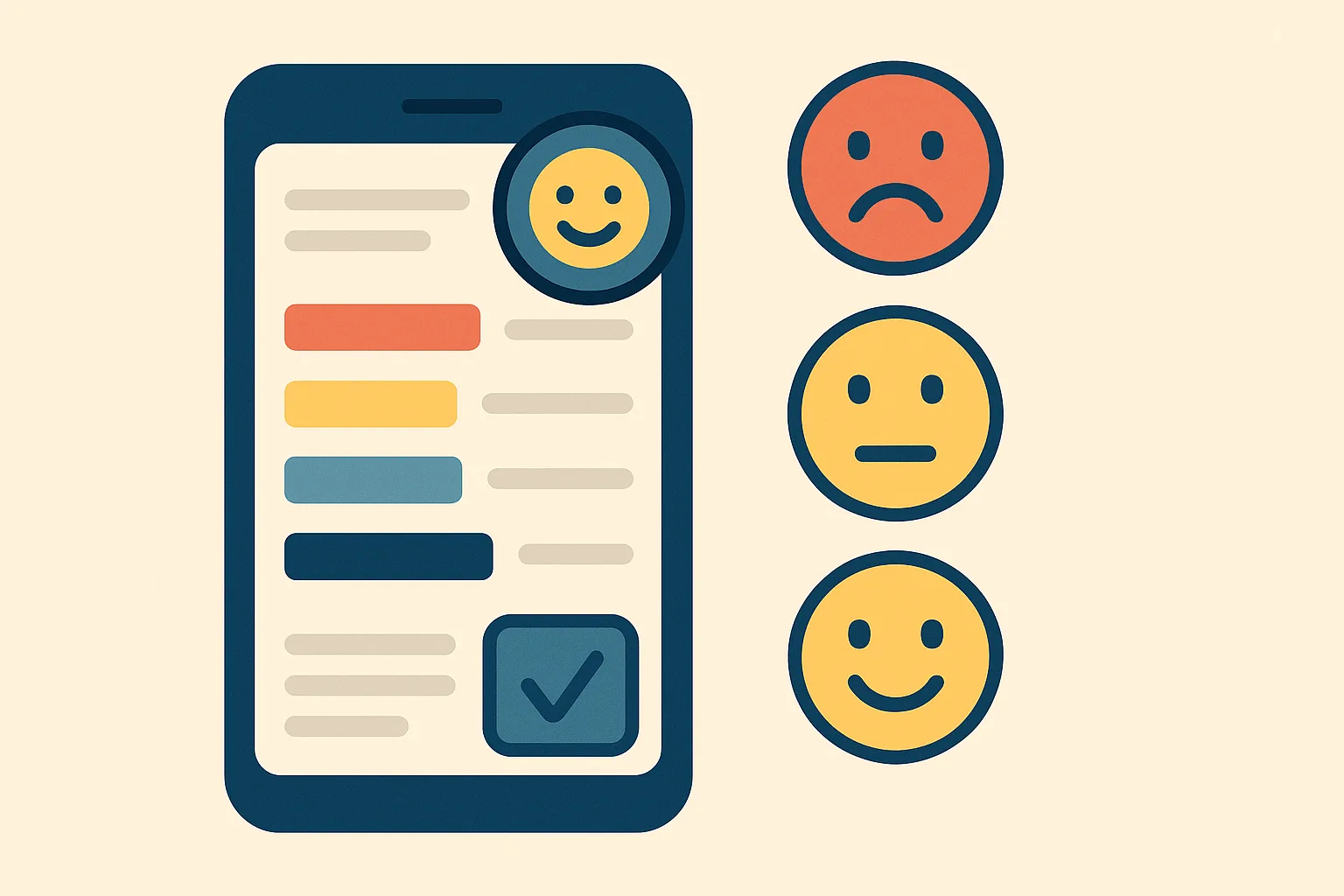
I now use a mood-tracking app where I log many indicators every day to help me identify the beginning of an episode. The problem with euphoric episodes, however, is that you often don’t want them to stop — and you don’t realize you’re in one. So the app is more useful for reflecting afterward than for warning me in real time.
Understanding the difference between routines, rituals, and OCD helps distinguish what comes from a soothing need for structure and what becomes a pathological constraint. Many rituals are valuable allies for navigating this chaos. If you have atypical rituals — or simply meaningful ones that help you function — feel free to share them.
Originally published in French on: 30 Aug 2025 — translated to English on: 17 Nov 2025.

